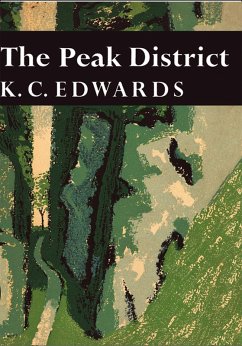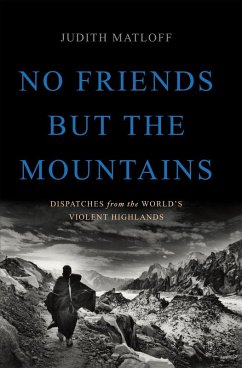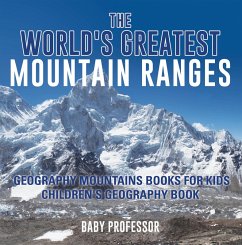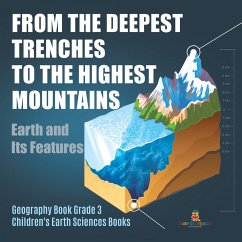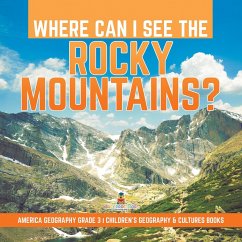
Tourism and Amenity Migration in the High Mountains of the USA (eBook, ePUB)

PAYBACK Punkte
0 °P sammeln!
Seminar paper from the year 2005 in the subject Geography / Earth Science - Regional Geography, grade: 2, Friedrich-Alexander University Erlangen-Nuremberg (Institut für Geographie), course: High Mountains in North America, language: English, abstract: In the nineteenth century visits to the mountains were limited because of a lack of access, poor roads, limited leisure time and low income of the majority of North American citizens (Goeldner, 1996). In the 1860s railroads were built and roads improved, so travel increased slowly, although it was still a privilege of people with high incomes. ...
Seminar paper from the year 2005 in the subject Geography / Earth Science - Regional Geography, grade: 2, Friedrich-Alexander University Erlangen-Nuremberg (Institut für Geographie), course: High Mountains in North America, language: English, abstract: In the nineteenth century visits to the mountains were limited because of a lack of access, poor roads, limited leisure time and low income of the majority of North American citizens (Goeldner, 1996). In the 1860s railroads were built and roads improved, so travel increased slowly, although it was still a privilege of people with high incomes. The number of travellers did a huge jump after World War I as the automobile became affordable for "middle class" families. As the infrastructure improved, more and more summer tourists arrived. A tourism-based economy began to grow, hotels, motels and restaurants were built. Until the skiing movement started in the 50's and 60's the winter season was long and uneventful (Goeldner, 1996). When skiing finally became a national trend, major ski resorts developed and many of them were and still are two-season resorts. Central to the tourist group from the mid 60's on were the baby boomers, ranging in age from 18 to 35 (Goeldner, 1996). As the numbers of tourists were still rising in the 1980's, locally owned establishments saw themselves competing with big-time operators. Usually a whole complex of lodging, restaurants and everything else to serve the tourists was developed. In the 1990's mountain tourism has grown to be a powerful economic force. Fast food chains like McDonalds and accommodation chains such as Holiday Inn have come on the scene (Goeldner, 1996). Today in mountain communities outlet stores, gambling, country clubs, exclusive residences etc. can be found. Competition is tougher than ever before and environmental issues challenge the high mountain communities.
Dieser Download kann aus rechtlichen Gründen nur mit Rechnungsadresse in A, B, BG, CY, CZ, D, DK, EW, E, FIN, F, GR, HR, H, IRL, I, LT, L, LR, M, NL, PL, P, R, S, SLO, SK ausgeliefert werden.





